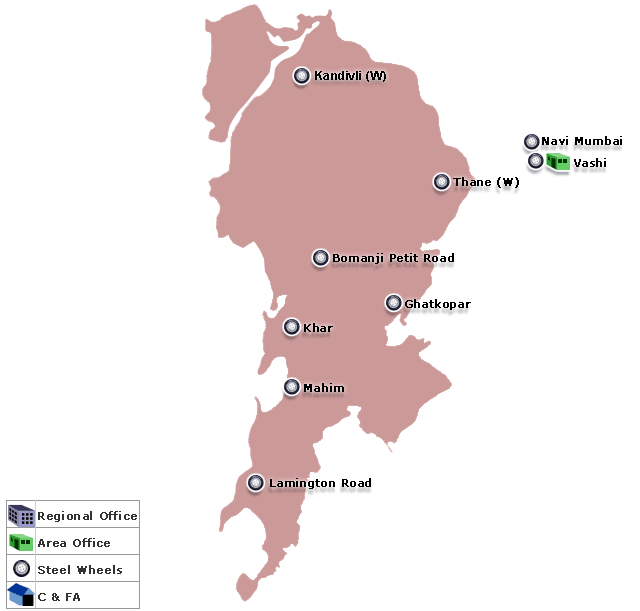Living on the edge
 Diago Fernandes’s wife will not vote on October 13.
Diago Fernandes’s wife will not vote on October 13.
“This time around, I won’t even try to persuade her,” says her husband, a resident of Naigaon, a growing suburb that is officially in Thane district but is along Mumbai’s bustling suburban train route.
Fernandes has been living here for 12 years, having moved here from a tiny one-room flat in Mahim at the start of a realty boom. That boom has quadrupled the population in the Mira- Bhayandar and Vasai-Virar stretches.
And, as young families, and old, moved from their overpriced matchboxes in Mumbai to the larger homes and greener townships being built just on the fringes of the megalopolis, the landscape here began to change.
Today, there are malls and multiplexes where once the sole general store did not stock sliced bread.
But some things just won’t change, and it’s the reason Mrs Fernandes won’t vote on October 13.
“For years, we have been asking for a few more hours of power a day, better water supply,” says Diago. “But look around. Nothing has changed since the last election, or the one before that.”
Residents in the Mira Road-Virar stretch, just a few kilometres from the Big City in the country, face daily power cuts of up to six hours. Civic water supply is a measly two hours a day, at most.
And the local trains here are now so crowded every morning and evening — as the newer residents make their way to work in the city and back — that thousands of desperate commuters resorted to sit-ins on the tracks earlier this year, bringing services to a halt.
The state government has been building two additional tracks between Borivli and Virar, which were meant to have dedicated services between these two major stations.
Six years on, the tracks are finally done but not operational because the railways are still building a carshed.
“During peak hours, it’s virtually impossible to get in or out of the trains,” says Pradeep Uchil (47), a Mira Road resident. “People are forced to travel packed in like animals.”
In Virar, where the suburban line ends, residents say they feel they are in a time warp. “A city is growing around us,” says 41-year-old Terence Patel. “But we still feel like we live in a village. The only change is that the paddy fields along the main road have been replaced by concrete structures. The rest — the infrastructure — remains unchanged.”
Urban development expert and former town planner V. K. Phatak says the lag is, in fact, a result of the distant suburbs’ proximity to Mumbai.
“As the area is well connected, rapid development took place,” he says. “But there aren’t many industrial pockets here and many residents are from the middle-income group, so infrastructure has not got the attention that it should have.”